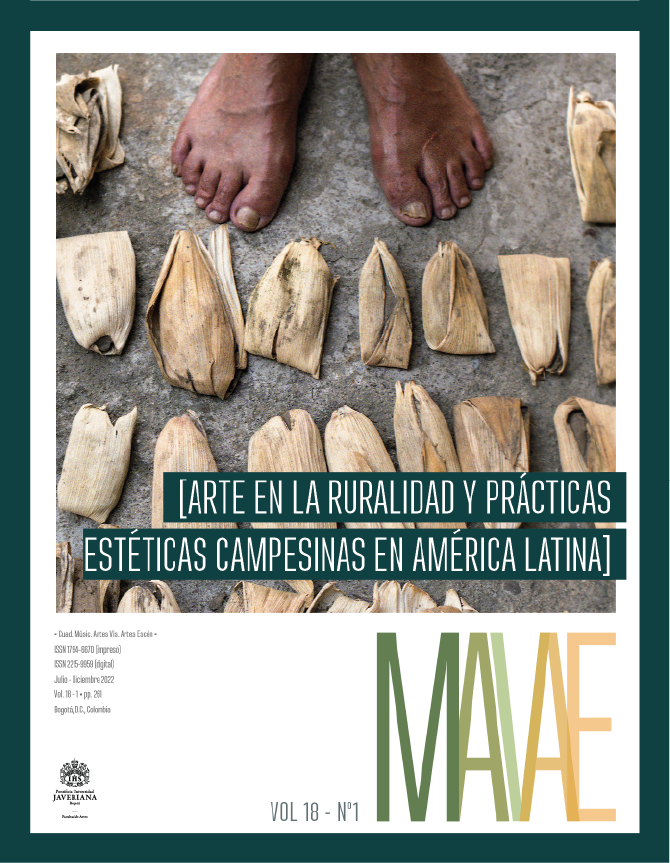Abstract
This article examines the literary, photographic and musical representations of the peasant in the Mexican Revolution (1910 - 1917). It aims to analyze the animalness figures in the peasant representations. It also seeks to question the literary physiology as an aesthetic labor in some artistic expressions of the Mexican Revolution. The methodology is a critical-hermeneutic approach to literary texts, popular songs and pictures from that time in order to articulate a relationship between text, context and aesthetic representation. It is primarily a methodology of literary criticism tailored to visual and sound objects. To do so, the first section features the core elements of the animal representation of the peasant during the 19th century. The second section provides an analysis of how the popular culture shaped the representations of the peasant as an animal. The results suggest that a way to attain better epistemological outcomes when analyzing aesthetically the peasant people is to study the tropology of the animalness. In conclusion, this work examines the animal representation of the peasant as an aesthetic process in the construction of the nation as well as the process of the Mexican national identity.
This journal is registered under a Creative Commons Attribution 4.0 International Public License. Thus, this work may be reproduced, distributed, and publicly shared in digital format, as long as the names of the authors and Pontificia Universidad Javeriana are acknowledged. Others are allowed to quote, adapt, transform, auto-archive, republish, and create based on this material, for any purpose, provided the authorship is duly acknowledged, a link to the original work is provided, and it is specified if changes have been made. Pontificia Universidad Javeriana does not hold the rights of published works and the authors are solely responsible for the contents of their works; they keep the moral, intellectual, privacy, and publicity rights.
Approving the intervention of the work (review, copy-editing, translation, layout) and the following outreach, are granted through an use license and not through an assignment of rights. This means the journal and Pontificia Universidad Javeriana cannot be held responsible for any ethical malpractice by the authors. As a consequence of the protection granted by the use license, the journal is able to publish retractions or to correct information already published. Publishing contents in this journal does not generate royalties for contributors.


